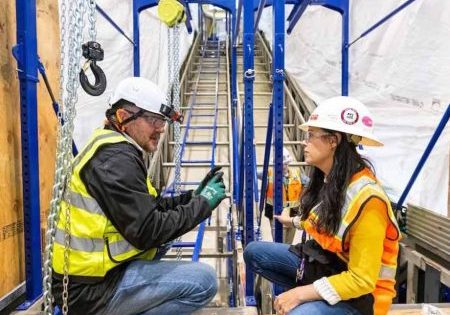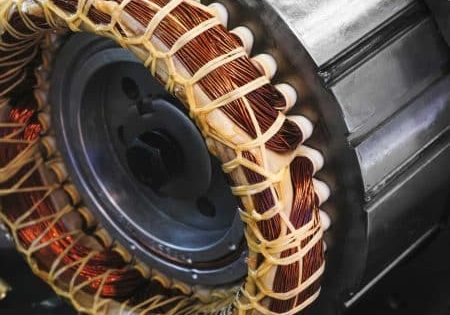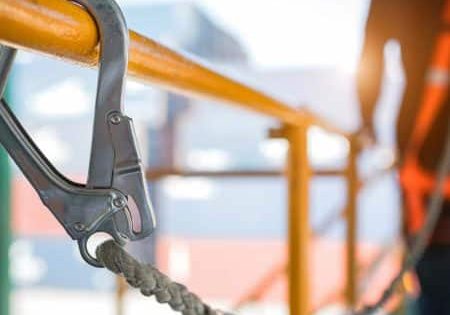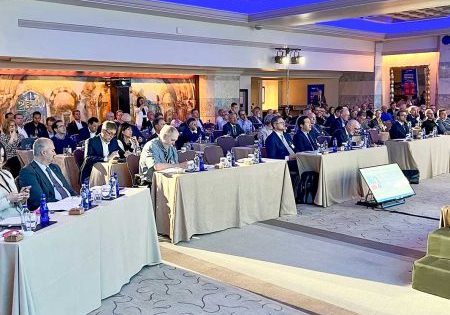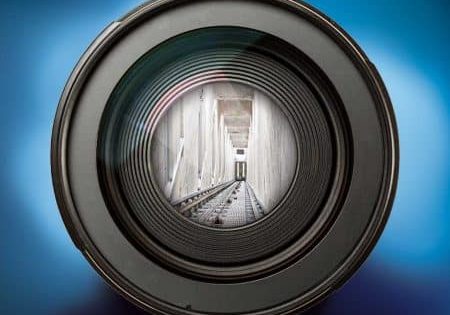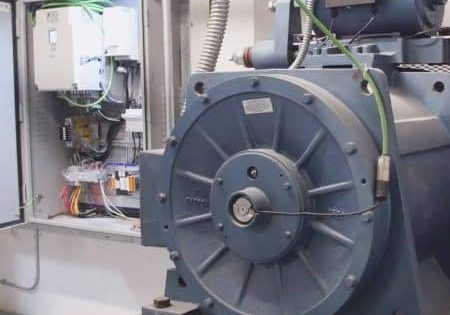Many of us are just a little afraid of AI. I think it is the lack of humanness. We are accustomed to getting information from computers, but believe they have been educated and programmed by humans. Somehow, generative AI is different — beyond human. It’s a big leap for us to make. However, in the vertical-transportation (VT) industry, we are struggling with what is called a “double tsunami”: a skills gap for those coming into the industry and a flood of baby boomers retiring. Perhaps properly trained AI can be an opportunity for us. Here are a few of the things generative AI could do on jobsites: optimize the use of materials and labor (thereby saving money); improve safety with real-time cameras and sensors; increase quality control with remote monitoring; improve communication between teams working separately; and, of course, provide predictive maintenance, which is already being used in the VT world. Recently on LinkedIn, Otis Chair, CEO and President Judy Marks said:
“The acceleration of technological advances and population demographics in many parts of the world are converging to create incredible opportunities for those who are adaptable. The people and organizations that succeed will foster this adaptability — rethinking traditional roles, focusing on skills that can’t be replicated by technology and encouraging retraining professional development.”
This month, we showcase Photo Contest 2024 by Kathleen Farrell. This 12th annual event never fails to amaze. It is one of my favorite things to see our industry from the cameras of those who work daily on elevators, lifts and escalators.
We offer a special regional section on the Mid-Atlantic with three articles:
- Elevating the Prudential Center by Kaija Wilkinson. “The Rock,” as the sports arena and concert hall is known, was elevatored by Schindler in 2007 and continues to be a prestigious job for them.
- Workforce Development by Charley Meeks-Crystle and Georgeta Lazar Wainwright. Delaware Elevator has been supporting a youth apprenticeship program and is celebrating its first graduate, who after high school can go directly into the Certified Elevator Technician (CET®) program.
- Riding the Ups and Downs by Wilkinson. An interview with KONE New Jersey and NYC Sales Manager Vanessa Kline, who came from an elevator family and continues the tradition her way.
Wrapping up the final 25 years, Dr. Lee Gray presents National Association of Elevator Contractors 2000-2024. The most recent two-and-a-half decades saw two of the youngest National Association of Elevator Contractors (NAEC) presidents, the first woman president and the completion of education programs for CET®, CAT® and QEI.
We also present three articles that focus on Motors and Drives.
- Five Steps for a Smooth Elevator Startup. Submitted by KEB America, this article gives a complete startup process that will allow troubleshooting well in advance.
- Study on Linear Permanent Magnet Synchronous Machines for Ropeless Lifts by Albert So and W.L. Chan. Presented at Elevcon, this paper is a fascinating look at the permanent magnet ropeless lifts of TK Elevator’s MULTI system.
- CANopen Lift by Kirsten Trout. The author explains what CANopen Lift is and the benefits of installing it for a smarter e levator future.
Also on the technical side, we offer a Continuing Education contact hour approved by NAEC for CET, CAT and QEI. Written by James O’Laughlin of CEDES, Reopening Devices Required by ASME A17.1-2019/CSA B44-19 Section 2.13.5 is also approved in many states where continuing education is required.
Of course, there is much more, including interviews and events from around the world. We hope you enjoy the magazine this month. Want to tell me about it? Contact me at [email protected].
Get more of Elevator World. Sign up for our free e-newsletter.




